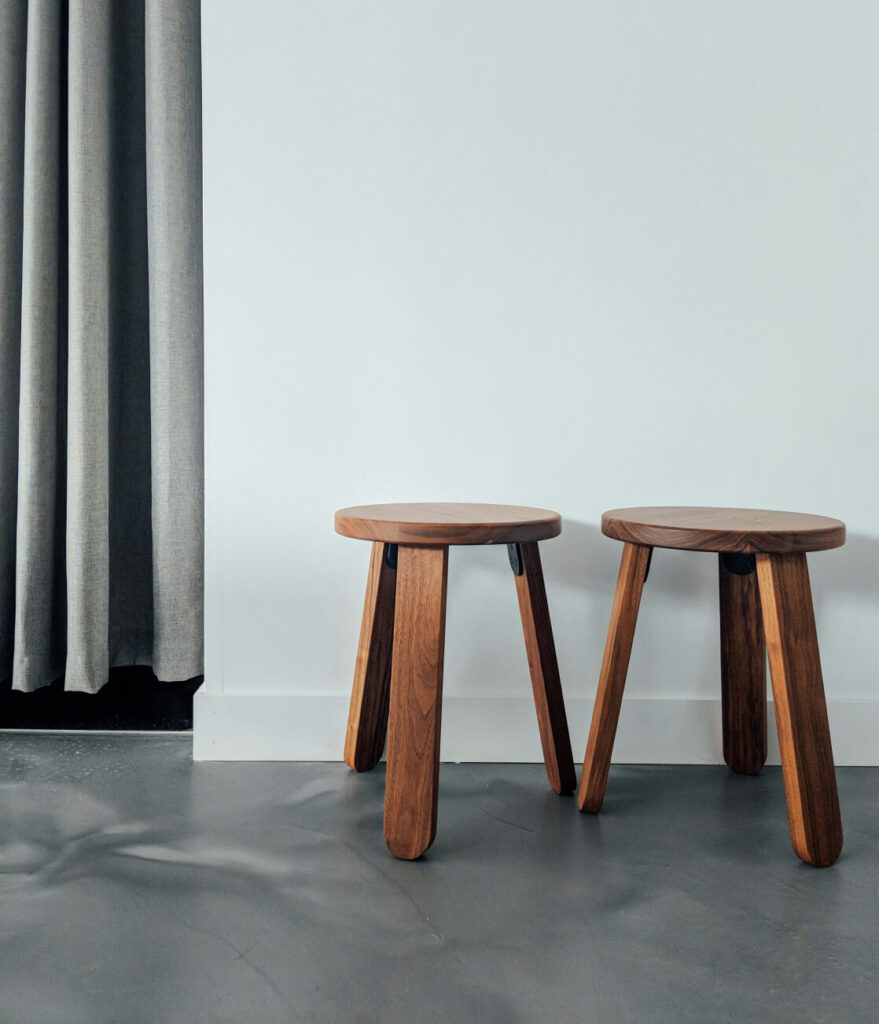A distinguished home appliance company, known for its commitment to innovation, was faced with a pivotal challenge. Their mobile application, envisioned as an interactive platform for effortlessly buying products, service appliances, and overseeing their devices, had lost its edge. The relentless introduction of new features led to a cluttered user interface, diluting the essence of user experience.
Hours delivered back to the business
SOX compliance in Settlement process automation
Success rate of bot case completion
For functional release of OBT, RTS and OGS
The Challenge
The client’s mobile application was plagued by multiple challenges that had a profound impact on its performance and user satisfaction. The primary issue stemmed from a lack of optimization in the app’s design, which led to an uncontrolled addition of new features. Consequently, the user interface became cluttered, confusing users and impeding their ability to accomplish tasks.
Moreover, the design deviated from standard practices, as trends were prioritized over a coherent design strategy. This departure from the norm resulted in a loss of design hierarchy and a shift away from user experience priorities over time. As a result, the app’s navigation and architecture suffered, hampering its scalability and effectiveness.
A significant user inconvenience was the need for extensive scrolling through menus, which contributed to heightened frustration levels. The overall subpar user experience caused a decrease in user retention, which had a direct impact on both engagement and revenue.
Furthermore, the complexity of the design led to increased development and support costs, necessitating substantial rework and testing for each update. Addressing these challenges was essential to revitalize the app’s functionality and place a renewed emphasis on a user-centric design approach.
What we did
In response to the client’s challenges, we implemented a holistic solution rooted in a user-centric design philosophy. We introduced a clearly defined hierarchy within the application and standardized the entire product design. Understanding the dynamic nature of the product and the importance of real-time user feedback, we developed a thorough roadmap to ensure a seamless transition.
User-Centric Design – Our approach revolved around an iterative design process that put user needs at the forefront. Utilizing User-Centric Design (UCD), our design teams engaged users through various research and design techniques, ensuring the creation of highly usable and accessible products. This consistent design approach enabled quick adaptation to new features or updates, reducing the learning curve and enabling users to become proficient with the product swiftly.
New Design Hierarchy – To streamline the user experience, we implemented a novel hierarchical structure. This approach empowered designers to assign visual priority to different UI elements. By strategically elevating essential elements, such as headings and call-to-action buttons, we enabled users to focus on key content and actions, enhancing their interaction with the interface. The result was improved user retention and enhanced conversion rates.
Standardized Design Components – We established a standardized design layout and components aligned with the brand’s identity. This included typography, color schemes, and spacing. By creating this cohesion, we reinforced user familiarity and trust, enriching the overall brand experience and solidifying its identity. Additionally, the standardized design reduced development efforts through increased reusability, ultimately leading to lower development and maintenance costs.
Dynamic UI – Recognizing the value of personalization, we implemented a dynamic UI that delivered custom content and user interfaces based on user interests, location, purchase history, and the type of appliance in use. This personalized approach ensured that relevant content was prominently presented, facilitating users in achieving their goals with minimal effort. Additionally, it opened up new opportunities for cross-selling products, thereby enhancing overall user engagement and satisfaction.

The Results
- 30% spike in active users
- 15% reduction in app development and maintenance costs
- Application rating increased from 2.8 to 4.6
- 95% of initiated user events successfully converted
- Increase in revenue generated from the mobile platform



